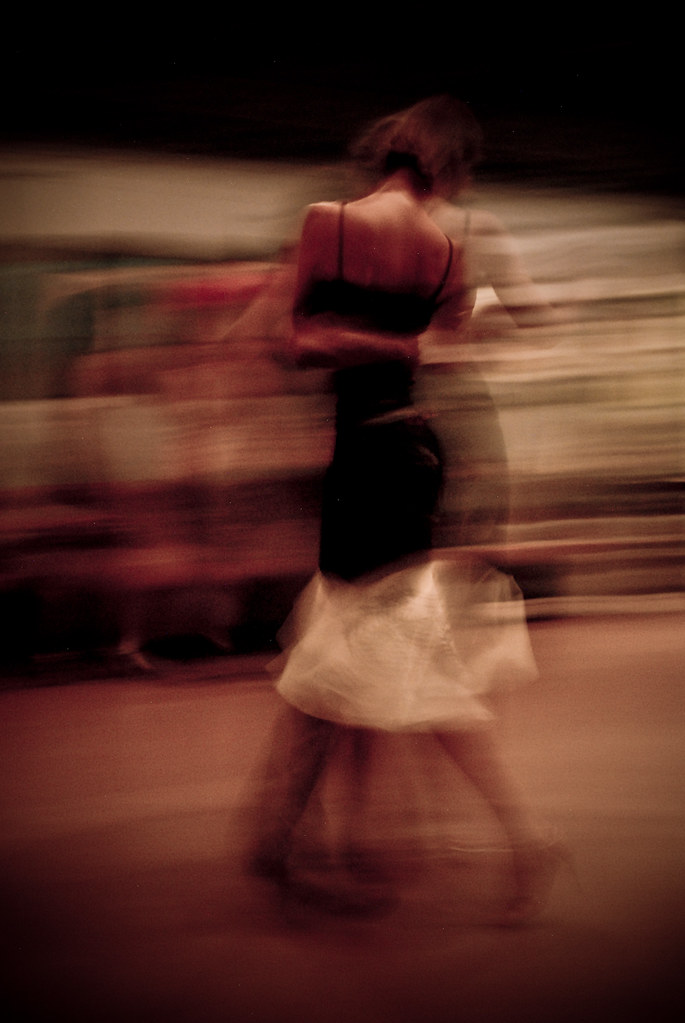
Scientific America/Mind
Can Another Body Be Seen as an Extension of Your Own?
Surprising results show the fluidity of the "body schema"
By Julie Sedivy on January 12, 2016
The relationship between a person’s notion of self-hood and the openness of their body schema to another human being hints that perhaps it’s no coincidence that tango, which takes entanglement to sublime heights, originated in a culture that orients toward interdependence.
They want $500 for me to post an excerpt for up to 12 months.
Fuck that noise.
Here is the link.
http://www.scientificamerican.com/article/can-another-body-be-seen-as-an-extension-of-your-own/
